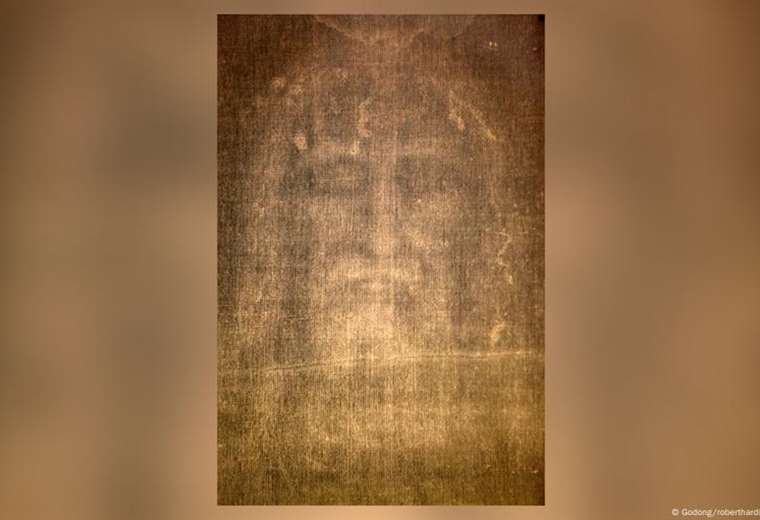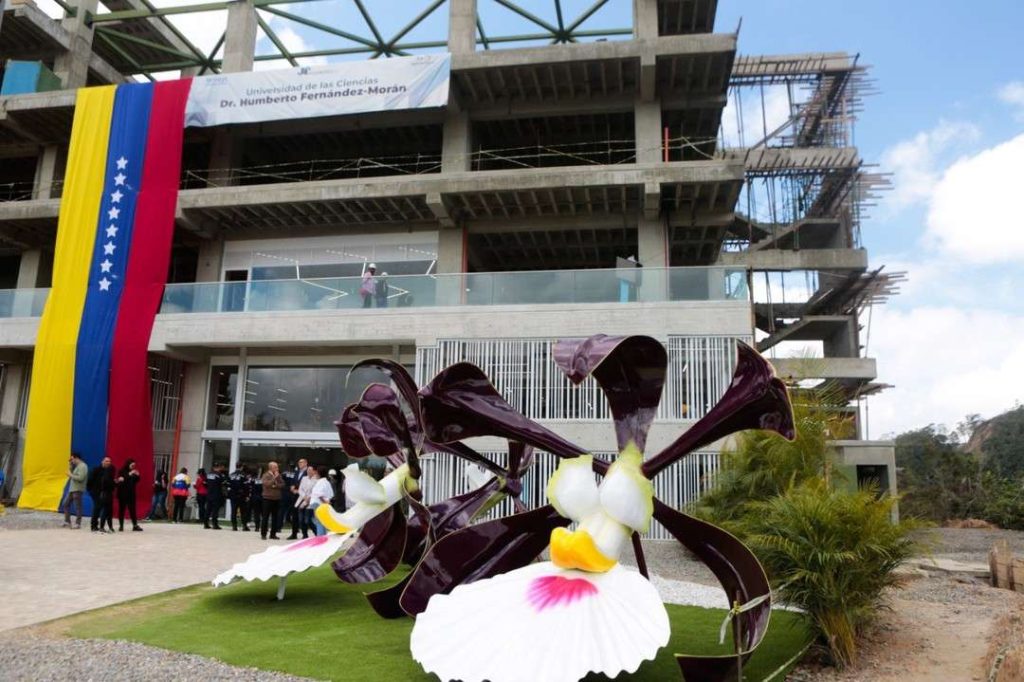August 28, 2024, 3:07 PM
August 28, 2024, 3:07 PM
The Shroud of Turin, considered by some to be the authentic burial shroud of Jesus Christ, continues to be the subject of intense academic and scientific debate. This artifact, which shows the figure of a man with signs of trauma typical of crucifixion, has been analyzed and studied more than any other archaeological object in history. However, its authenticity remains a matter of controversy.
Relic or forgery?
Originally presented in 1354 by Geoffroi de Charny in France, the shroud, also known as the Holy Shroud or the Holy Sudarium, was accused of being a forgery – claimed to have been painted by a contemporary artist – by the Bishop of Troyes, Pierre d’Arcis, in 1389. The controversy intensified following a study in the 1980s which, using radiocarbon techniques by independent teams, dated the linen to between 1260 and 1390 AD, long after the time of Christ.
However, a study published in the journal Heritage A study – recently picked up by several media outlets – led by Italian scientist Liberato De Caro of the Institute of Crystallography in Bari has rekindled the debate. Published in 2022, the study uses an advanced X-ray scattering technique to examine the linen, concluding that the Shroud could date back to around 2,000 years ago, which would place it contemporaneously with the life of Jesus.
Specifically, this finding, which does not address the question of whether or not the artifact was actually Jesus’ burial shroud, suggests that the aging of the cellulose in the linen fibers could have been affected by the low temperatures in which the shroud was preserved for centuries. This, according to the researchers, would explain why most of the aging of the fabric would have occurred before the 14th century, which could make radiocarbon dating less precise than previously thought.
Scientific caution
Despite the enthusiasm generated by the new study, the researchers themselves caution that their conclusions are subject to specific conditions. To confirm the proposed age, it would be necessary to demonstrate that the shroud was preserved for 13 centuries under very precise conditions of temperature and humidity before its appearance in recorded history.
The study is not without its critics, however. Some experts point to the need for further analysis and recall past controversies involving research on the Shroud, including a paper retracted in 2018 by the journal PLOS Oneof which De Caro was co-author, due to questions about the quality of the research and the origin of the samples analyzed.
The Shroud of Turin remains a piece of mystery and controversy. For some, it represents a tangible testimony to a divine miracle; for others, it is a sophisticated example of medieval craftsmanship in the creation of relics.
Invariably, its enigmatic presence continues to captivate believers and skeptics alike, sparking a debate that continues to grow and renew itself with the passage of time. Housed in the Cathedral of St. John the Baptist in Turin, the shroud attracts a global crowd of pilgrims and curious visitors, all hoping to perhaps one day get to the bottom of its hidden history.
Edited by Felipe Espinosa Wang with information from Heritage, Newsweek, Cosmos and The Independent.


















